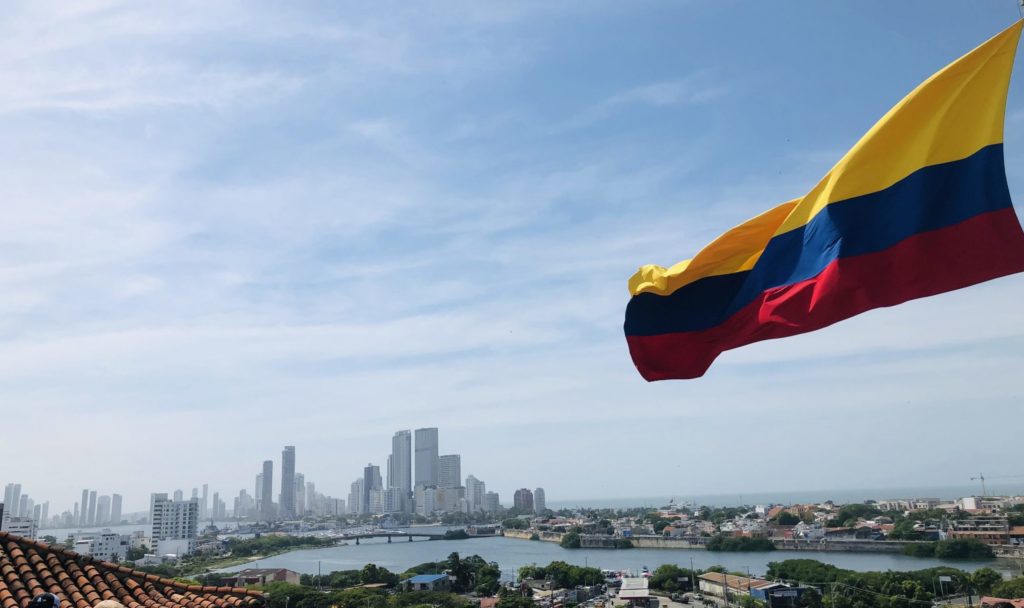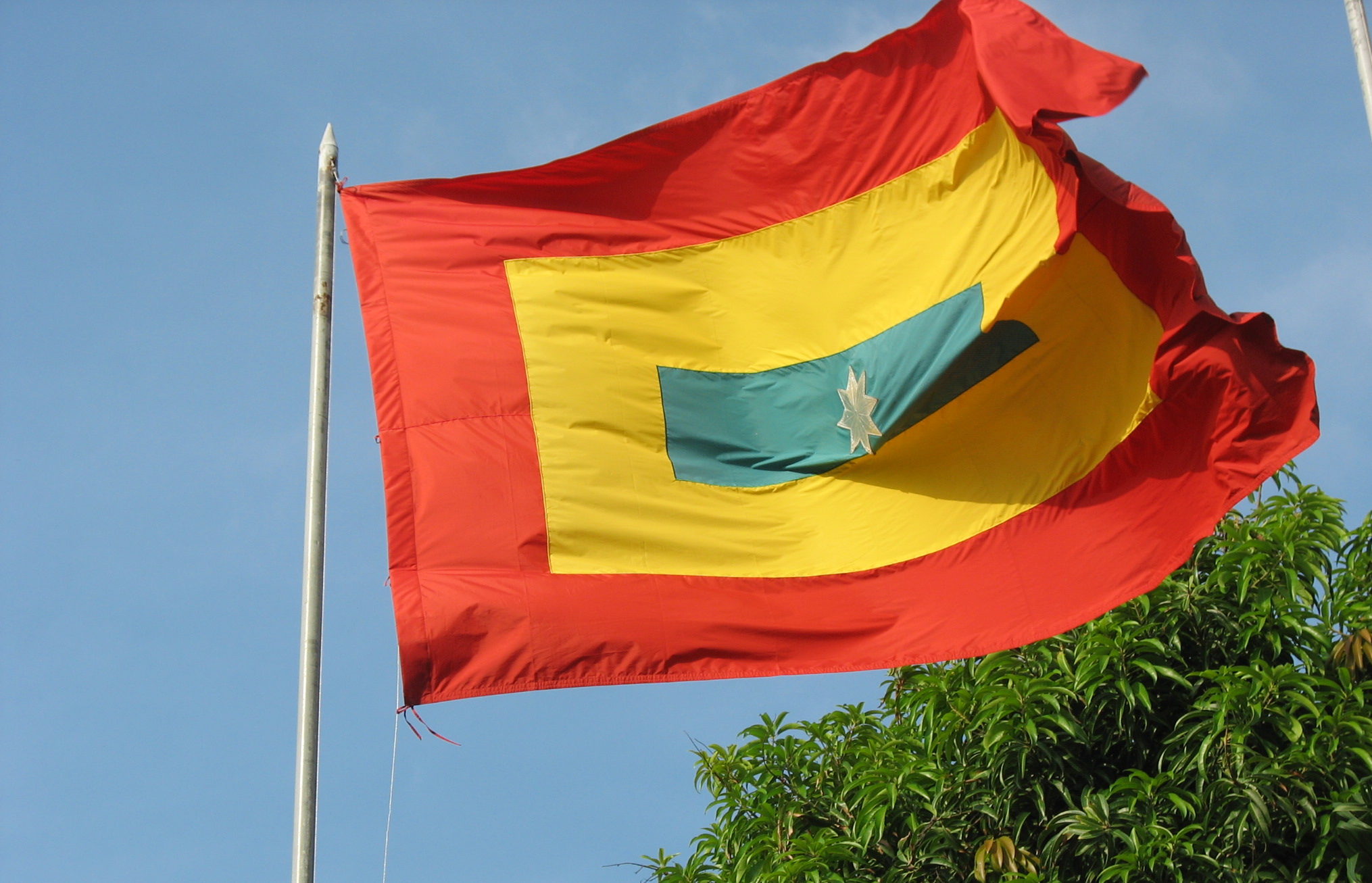
When observing South American flags, one cannot help but notice the striking resemblance between the Colombian flag and those of its Venezuelan and Ecuadorian neighbors: three horizontal stripes of yellow, blue, and red. Indeed, the origins of the Colombian flag share a common history with its neighbors, as the three countries were once part of the same entity during the Spanish imperial era, and at the time of their independence, known as the New Kingdom of Granada.
“The Venezuelan banner”
The Colombian flag was designed by Francisco Miranda, a precursor to the independence struggles in the New Kingdom of Granada and briefly President of Venezuela in 1812. The flag was originally created on March 12, 1806, as the emblem of his brigantine, ‘Leander’, for his attempted invasion of Santa Ana de Coro, a Venezuelan coastal village. The flag was later adopted by Simon Bolivar, the leader of Venezuelan and Colombian independence, citing its historical use by Venezuelan independence fighters.
However, it would take several decades for this flag to be definitively adopted by independent Colombia. Indeed, Colombian independence was sporadic, with each city declaring its independence separately and adopting distinct flags. Thus, the current flag, also known as the ‘Venezuelan banner’ (Pabellon Venezolano), was used alongside the red, yellow, and green ‘rectangular flag’ (bandera cuadrilonga), still used today as the official flag of Cartagena de Indias and Barranquilla.
It was not until November 26, 1861, that General Tomas Cipriano de Mosquera, president of the United States of Colombia, decreed the use of the tricolor flag as the national flag. However, he made several changes to the flag, specifying the use of horizontal stripes, set horizontally in 1834 by President Francisco de Paula Santander, and that the yellow stripe, placed first, be twice the size of the blue and red.

Symbolism of the Colombian flag
There are various interpretations regarding the symbolism of the Colombian flag colors. The most commonly accepted interpretation suggests that yellow represents the love of the people for the federation of the then United Provinces of New Granada, blue signifies the separation from Spain, and red symbolizes the blood shed for independence. Another theory relates the colors to the Spanish flag, proposing that the Colombian flag derives from the Spanish navy’s red and yellow, with blue added to represent the ocean separating Colombia from Spain. A third interpretation ties the flag to Christopher Colombus’ coat of arms, which was granted by the Spanish Catholic Kings and included red, yellow and blue colors.
Finally, the most modern and popular interpretation suggests that yellow symbolizes Colombia’s rich and abundant land, blue the Caribbean Sea and the Pacific Ocean that border the country, and red the heart, life, love, and strength of the Colombian people.
Regardless of the true historical meaning and inspiration behind Francisco Miranda’s design, the Colombian national flag is undoubtedly vibrant and inspiring and is proudly flown by the Colombian diaspora around the world.
See all the latest news from Colombia and the world at ColombiaOne.com. Contact our newsroom to report an update or send your story, photos and videos. Follow Colombia One on Google News, Facebook, Instagram, and subscribe here to our newsletter.

